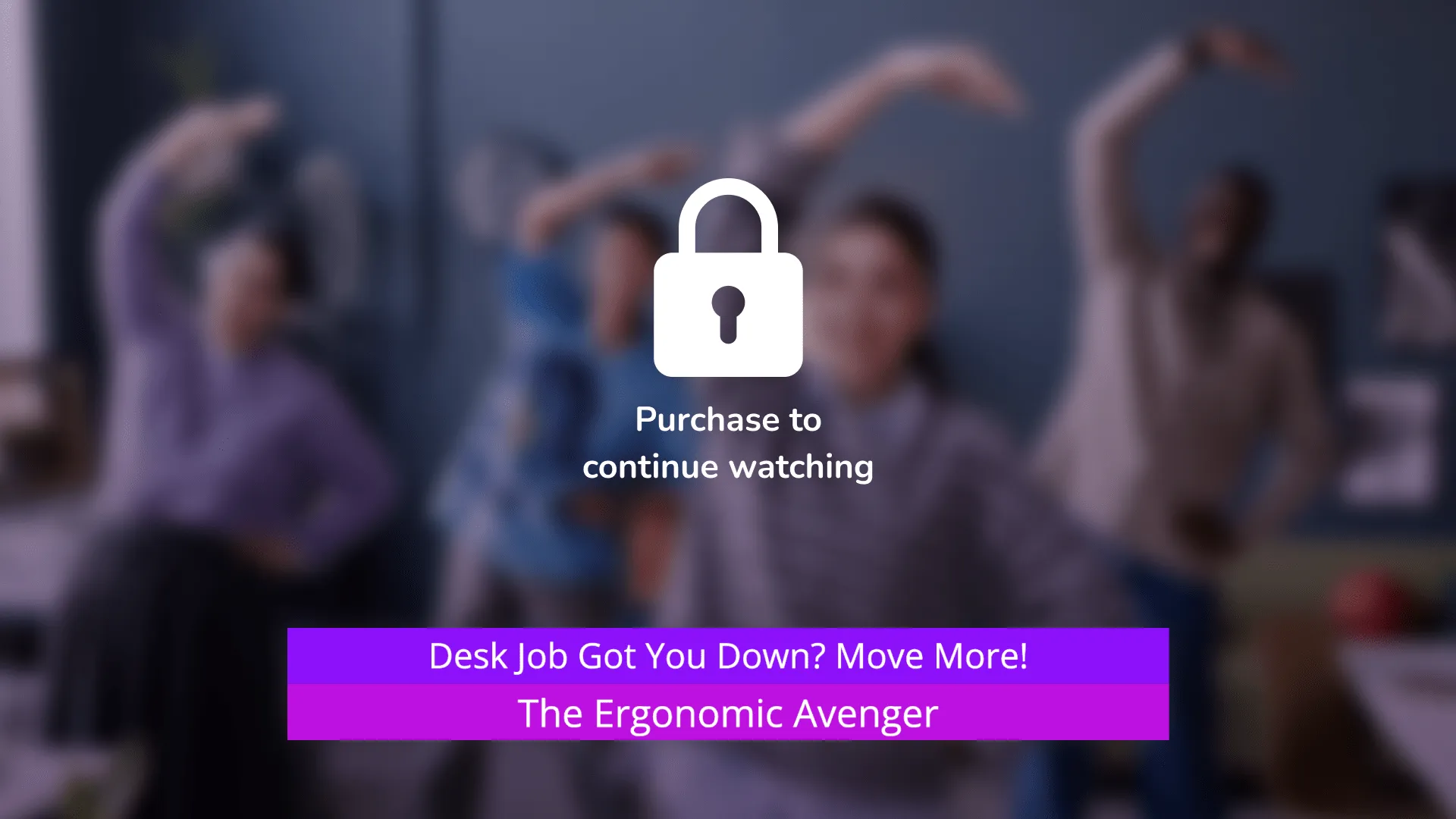Sign up for uno
Language
Ad reads and streaming platform affiliate programs aren’t the only way you can make money live streaming. Whether you’re a fitness instructor who wants to start offering exclusive one-on-one classes, or a sports team that wants to raise money, a pay per view live stream holds great potential for generating revenue.
When you think of ‘pay per view’, you might think of traditional sports broadcasts and movie streaming platforms like Netflix. However, pay per view content has been adopted by corporate streamers and content creators alike, transforming it into a lucrative market – valued at USD 1.22 billion in 2023 and expected to grow even further.
So, what is PPV content? Find out in this blog, where we’ll give a quick overview of why you should start PPV streaming, and how to set up your own pay per view website.
A pay per view live stream (also known as PPV content) allows viewers to access an exclusive live stream once they have paid a fee. Viewers can be sent a unique code or a link to the exclusive content, or might need to sign into their user account to get past a paywall and watch the PPV content.
PPV content usually involves a one-time payment, but the term has also been known to include different tiers of content that can be unlocked with a pay per view subscription (for example, with certain sports broadcasters).

Pay per view content is usually exclusive and of higher quality than your usual live streams – which means you can charge higher rates. PPV content also tends to deliver more ROI per live stream versus a general subscription. Plus, you retain the usual benefits of streaming and can earn additional income by featuring ads in your content from sponsors, vendors, and business partners.
Offering pay per view access gives people the flexibility to watch what they want, when they want, without committing to recurring subscription fees. Because your audience is only paying for what they want – be it a single yoga class or one soccer game – they feel like they’re getting more value, and are more likely to feel satisfied. There’s no commitment to only paying for one live stream, so it appeals to the segment of your viewers who are busy or don’t want to ‘pay’ for unwatched content.
Pay per view is usually reserved for premium content, making your content appealing to potential business partners. This creates a greater chance of collaborating with brands, influencers, and experts in your industry, which helps you reach a wider audience, establish a positive brand image, and earn credibility.
CMS solutions and video hosting providers usually offer analytics and engagement tools that help you better understand your audience. With these helpful insights, you can see what users react to and engage with, and conversely, where drop-off happens.

If pay per view streaming sounds like an exciting opportunity, here’s some things to consider:
Once you’ve set your specifications and goals, here’s how to create a pay per view live stream website:
Some examples of video hosts include Vimeo OTT, Brightcove, and Uscreen. Prioritize the controls and features you want, and look for solutions that produce mobile-friendly video. Some video providers also offer built-in access controls, paywall options, or let you sell pay per view access directly from the video player.
Select a domain name that is easy to spell, easy to remember, and is related to your brand. Make sure the website host has the bandwidth and speed to handle video content, a content management system (CMS), and any necessary plugins.
A CMS like Wordpress, Webflow, or Hubspot will make creating your website and managing your content much easier. In addition to the CMS, you may also need to use plugins to implement access restrictions like account logins, device restrictions, and IP logging to limit unauthorized access.
A good website delivers a good user experience. Add clear call-to-action buttons, a user-friendly search function, and clear categorization of content. Make sure users can easily navigate between live streams and recorded content (if any). Your website should also be mobile friendly, as many people watch content on their phones.
Tip: Remember that it’s always better to have a website that loads faster than one that has a flashy, elaborate design.

Set up several payment options, including credit card payments, mobile payments, and multiple currencies. You may want to integrate payment providers like Stripe and PayPal. Always ensure that your payment gateways comply with security and regulatory requirements!
Create a schedule for future PPV live streams. For recorded PPV content, use engaging thumbnails and write clear descriptions. Carefully plan out your categorization rules before you start tagging any content, so that things stay organized and consistent. You can also set up playlists, and enable recommended and related content.
Creating premium content takes time. Pay attention to user feedback, and be ready to adjust your pricing and access controls based on what your audience wants. Expect growing pains as you start to scale.
Above all, remember to create content that viewers love, so they continue paying premium rates for exclusive pay per view live stream. If you’re looking for tips on how to create a great live stream – pay-per-view or otherwise – you can get more advice from our community of streamers on Discord.